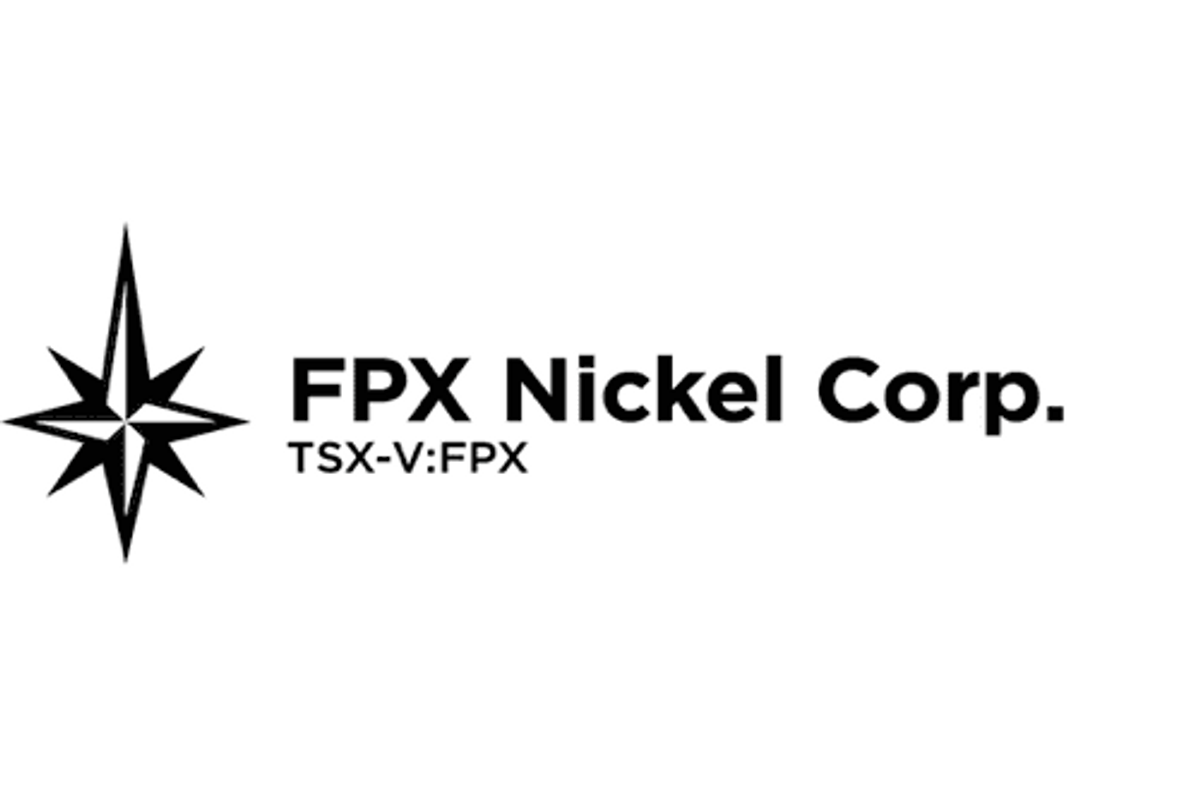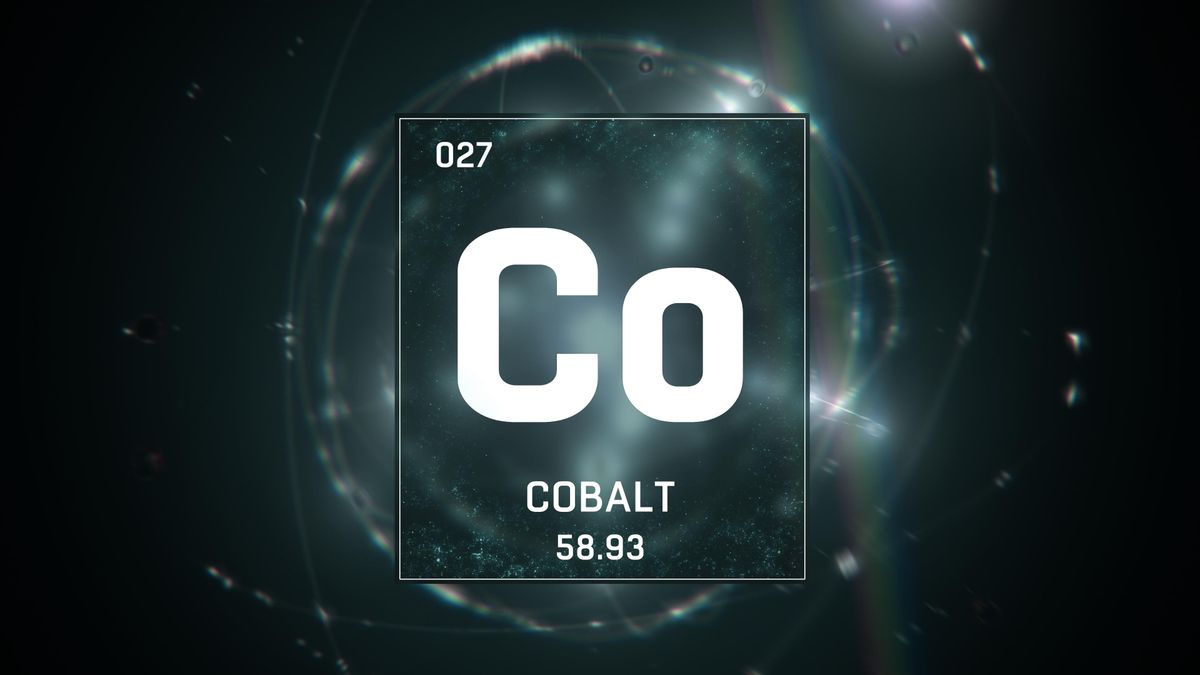FPX Nickel Corp. (FPX-TSX.V) (" FPX Nickel " or the " Company ") announces that further to its news release dated September 9, 2020, it has filed the associated National Instrument 43-101 Standards of Disclosure for Mineral Projects (" NI 43-101 ") technical report (the "Report") for the Preliminary Economic Assessment (" PEA ") for the Baptiste Project (" Baptiste " or the " Project ") at its wholly-owned Decar Nickel District in central British Columbia. The Report is dated September 29, 2020 and can be found under the Company's profile at www.sedar.com. The PEA was prepared by BBA Inc. of Montreal, Canada with work on mine planning and tailings by Stantec Inc. of Vancouver, Canada.
The Baptiste PEA demonstrates the potential for establishing a greenfield open-pit mine and an on-site magnetic separation and flotation processing plant, using conventional technology and equipment. At a throughput rate of 120,000 tonnes per day (or 43.8 million tonnes per year), annual production is projected to average 99 million pounds nickel contained in ferronickel briquettes at C1 operating costs of US$2.74 per pound of nickel. A summary of the PEA highlights is provided in Table 1.
Table 1 – Baptiste Project PEA Results and Assumptions (all in US$)
| Results | ||
| Pre-tax NPV (8% discount rate) | $2.93 billion | |
| Pre-tax IRR | 22.5% | |
| Payback period (pre-tax) | 3.5 years | |
| After-tax NPV (8% discount rate) | $1.72 billion | |
| After-tax IRR | 18.3% | |
| Payback period (after-tax) | 4.0 years | |
| Net cash flows (after-tax, undiscounted) | $8.73 billion | |
| C1 operating costs 1 | $2.74/lb nickel | |
| AISC costs 2 | $3.12/lb nickel | |
| Assumptions | ||
| Processing throughput | 120,000 tonnes per day | |
| Mine life | 35 years | |
| Life-of-mine stripping ratio (tonnes:tonnes) | 0.40:1 | |
| Life-of-mine average annual nickel production | 99 million lbs. | |
| Nickel price 3 | $7.75/lb | |
| Baptiste product payability (% of nickel price) | 98% | |
| Pre-production capital expenditures | $1.67 billion | |
| Sustaining capital expenditures | $1.11 billion | |
| Exchange rate | 0.76 US$/C$ | |
- C1 operating costs are the costs of mining, milling and concentrating, on-site administration and general expenses, metal product treatment charges, and freight and marketing costs less the net value of by-product credits, if any. These are expressed on the basis of per unit nickel content of the sold product.
- AISC of all-in sustaining costs comprise the sum of C1 costs, sustaining capital, royalties and closure expenses. These are expressed on the basis of per unit nickel content of the sold product.
- Nickel price is based on the average of six long-term analyst forecast prices.
The PEA is preliminary in nature and includes inferred mineral resources that are considered too speculative geologically to have the economic considerations applied to them that would enable them to be categorized as mineral reserves. Mineral resources are not mineral reserves and do not have demonstrated economic viability. There is no certainty that the conclusions or results as reported in the PEA will be realized.
The PEA was produced by a team of independent consultants who possess extensive expertise in their respective fields. Further details on the contributors can be found in the Qualified Persons section of the Company's news release dated September 9, 2020.
About the Decar Nickel District
The Company's Decar Nickel District claims cover 245 square kilometres of the Mount Sidney Williams ultramafic/ophiolite complex, 90 km northwest of Fort St. James in central British Columbia. The District is a two-hour drive from Fort St. James on a high-speed logging road.
Decar hosts a greenfield discovery of nickel mineralization in the form of a naturally occurring nickel-iron alloy called awaruite, which is amenable to bulk-tonnage, open-pit mining. Awaruite mineralization has been identified in four target areas within this ophiolite complex, being the Baptiste Deposit, the B target, the Sid target and Van target, as confirmed by drilling in the first three plus petrographic examination, electron probe analyses and outcrop sampling on all four. Since 2010, approximately $25 million has been spent on the exploration and development of Decar.
Of the four targets in the Decar Nickel District, the Baptiste Deposit has been the main focus of diamond drilling since 2010, with a total of 82 holes and over 31,000 metres of drilling completed. The Sid target was tested with two holes in 2010 and the B target had a single hole drilled into it in 2011; all three holes intersected nickel-iron alloy mineralization over wide intervals with DTR nickel grades comparable to the Baptiste Deposit. The Van target was not drill-tested at that time as rock exposure was very poor prior to logging activity by forestry companies.
As reported in the current NI 43-101 resource estimate, having an effective date of September 9, 2020, the Baptiste Deposit contains 1.996 billion tonnes of indicated resources at an average grade of 0.122% DTR nickel, thus equating to 2.4 million tonnes of nickel, and 593 million tonnes of inferred resources with an average grade of 0.114% DTR nickel, containing 0.7 million tonnes of nickel, reported at a cut-off grade of 0.06% DTR nickel. Mineral resources are not mineral reserves and do not have demonstrated economic viability.
About FPX Nickel Corp.
FPX Nickel Corp. is focused on the exploration and development of the Decar Nickel District, located in central British Columbia, and other occurrences of the same unique style of naturally occurring nickel-iron alloy mineralization known as awaruite. For more information, please view the Company's website at www.fpxnickel.com or contact Martin Turenne, President and CEO, at (604) 681-8600 or at ceo@fpxnickel.com .
On behalf of FPX Nickel Corp.
"Martin Turenne"
Martin Turenne, President, CEO and Director
Forward-Looking Statements
Certain of the statements made and information contained herein is considered "forward-looking information" within the meaning of applicable Canadian securities laws. These statements address future events and conditions and so involve inherent risks and uncertainties, as disclosed in the Company's periodic filings with Canadian securities regulators. Actual results could differ from those currently projected. The Company does not assume the obligation to update any forward-looking statement.
Neither the TSX Venture Exchange nor its Regul ation Services Provider accepts responsibility for the adequacy or accuracy of this release.







